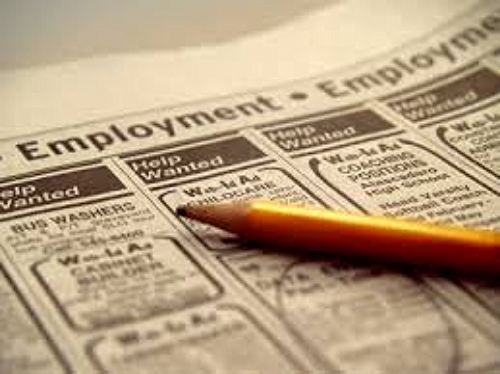In today’s economy, it is even more critical than ever to hire the best people. A recent Forbes article by David K. Williams “Entrepreneurs can’t afford to lose time, money and results from a bad hiring choice,” pegs the cost of a single bad hire at anywhere from $25,000 – $50,000. Although this cost seems high, remember this includes the cost of finding, interviewing and training. Don’t forget about salaries, benefits and taxes. Hourly employees comprise more than 60% of the US workforce – yet it is a continuing problem to find qualified candidates and keep them for a long period of time.
Here are some hints to finding a workforce of superior employees:
Develop A Detailed Job Description
Of course, you have a list of duties, don’t you? You need to clearly state your expectations as well as how you see this person contributing to your company goals. This is the time you need to explain how this candidate’s duties will fit into your vision and how important his/her contribution will be. Clearly defining the job requirement will actually help make the interview process easier. You will have an outline to follow for evaluating each candidate to determine who will be the best fit. Employers who learn how to create a culture that understands and cares about its employees will attract and keep the best workers.
Carefully Review Each Candidate’s Material
Many candidates come with a resume these days. I always had them complete an application as well. This can be very telling. Look for any inconsistencies and gaps in employment. Don’t hesitate to call any references provided. Some reference can be very guarded but it can give you a sense – good or bad. Review the resume, what impression do you have? Is it well written and free of typos? You might also log on to Facebook and see what is there.
Ask Telling Interview Questions
You will always ask the usual questions – education, experience, etc. Grasshopper.com suggests using open-ended questions that encourage the interviewee to reveal as much information as possible. Questions can include, “What are your strengths/weaknesses? Where do you see yourself five years from now? After the applicant answers each question, encourage the person to reveal even more by remaining silent for several seconds afterward. Many people will fill in the void by offering additional information.
Watch For Red Flags
Are there gaps in the work history? Is there a hesitancy or lack of information from former employers when you check references? Are there inappropriate posts on Facebook or other social media sites? Does the candidate seem unwilling to make eye contact? Trust your instincts.
Consider Chemistry
Skills and experience are important, but personality fits is equally important. An outstanding resume won’t change the fact that an applicant is not likely to contribute to the company culture in a positive way. Every time you hire someone who is not good, the entire organization suffers. Bad hires not only create customer ill-will, but they affect the people who must work with them. Bad employees create stress and disruption in the entire company. Morale is lowered, productivity decreases and absenteeism increases. And your life gets miserable!
Hiring people has to stop being a “necessary evil” and start being a key strategic part of managing your business. If you believe “You can’t find good employees,” then it will be true as long as you hold that belief as your reality. (Read the article by Alan Katz in this months issue).
And guess what? Many people looking for a job say it is hard to find good companies to work for! It’s all in the eye of the beholder.

